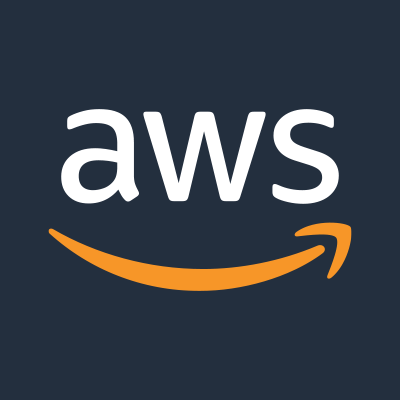Mock sample for your project: AWS WAF Regional API
Integrate with "AWS WAF Regional API" from amazonaws.com in no time with Mockoon's ready to use mock sample
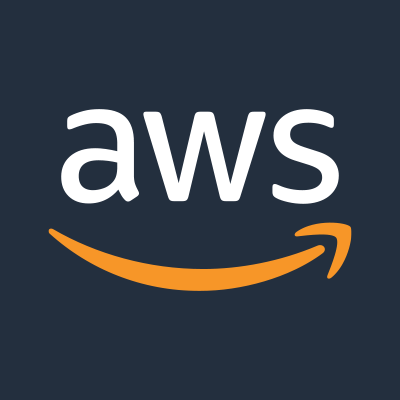
AWS WAF Regional
Version: 2016-11-28
Speed up your application development by using "AWS WAF Regional API" ready-to-use mock sample. Mocking this API will help you accelerate your development lifecycles and allow you to stop relying on an external API to get the job done. No more API keys to provision, accesses to configure or unplanned downtime, just work.
Enhance your development infrastructure by mocking third party APIs during integrating testing.
Description
This is AWS WAF Classic Regional documentation. For more information, see AWS WAF Classic in the developer guide. For the latest version of AWS WAF, use the AWS WAFV2 API and see the AWS WAF Developer Guide. With the latest version, AWS WAF has a single set of endpoints for regional and global use. This is the AWS WAF Regional Classic API Reference for using AWS WAF Classic with the AWS resources, Elastic Load Balancing (ELB) Application Load Balancers and API Gateway APIs. The AWS WAF Classic actions and data types listed in the reference are available for protecting Elastic Load Balancing (ELB) Application Load Balancers and API Gateway APIs. You can use these actions and data types by means of the endpoints listed in AWS Regions and Endpoints. This guide is for developers who need detailed information about the AWS WAF Classic API actions, data types, and errors. For detailed information about AWS WAF Classic features and an overview of how to use the AWS WAF Classic API, see the AWS WAF Classic in the developer guide.
Other APIs by amazonaws.com
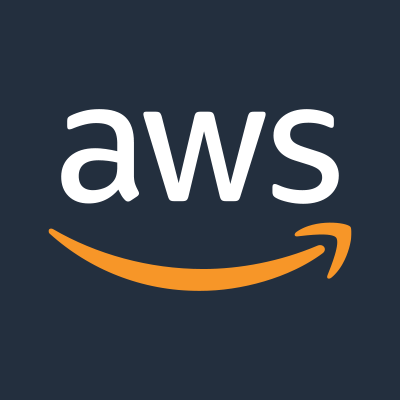
AWS Network Firewall

AWS Migration Hub
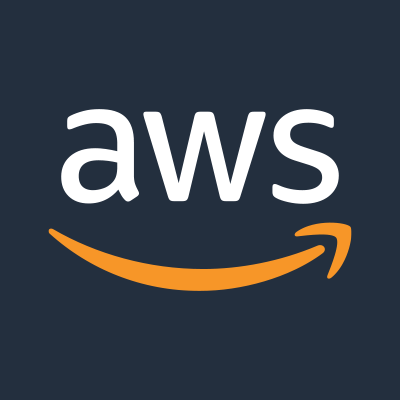
Amazon FSx
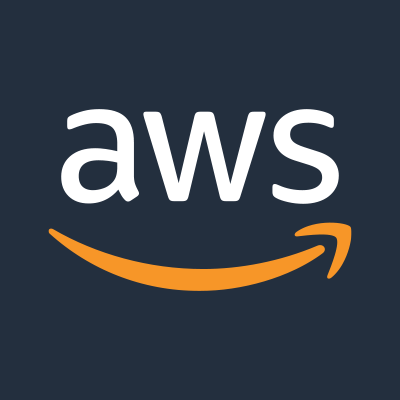
AWS Fault Injection Simulator
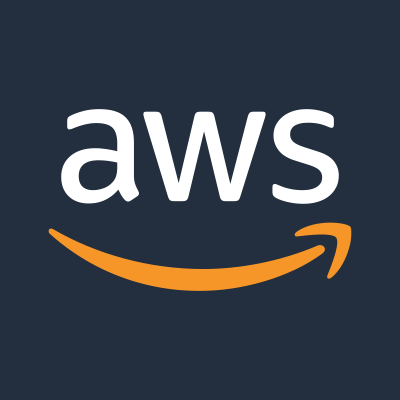
AmazonApiGatewayManagementApi
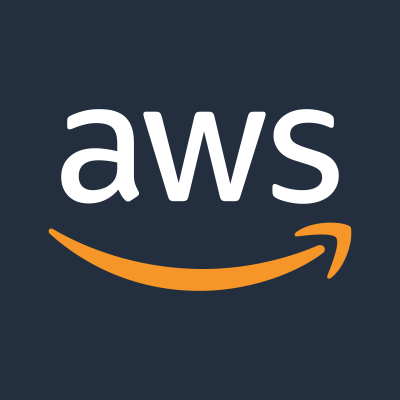
Amazon Chime
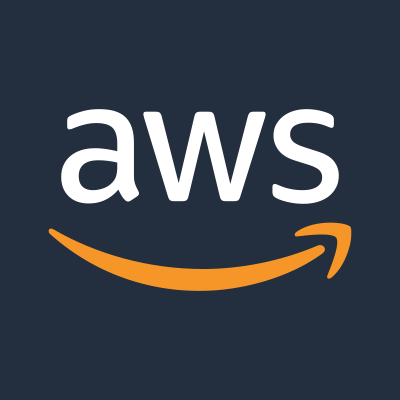
AWS CloudHSM V2
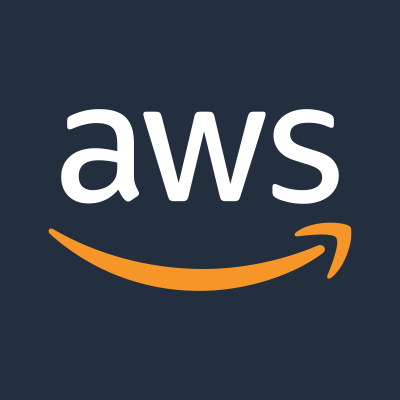
AWS Database Migration Service
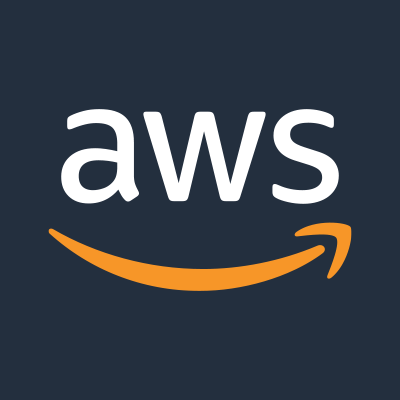
AWS CloudFormation

Amazon CloudHSM
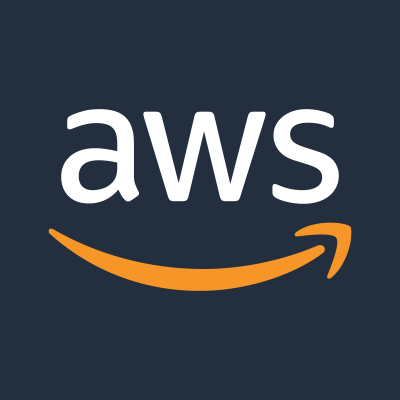
AWS Application Cost Profiler
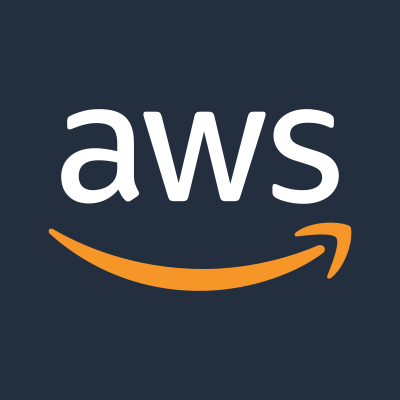
Amazon Data Lifecycle Manager
Other APIs in the same category
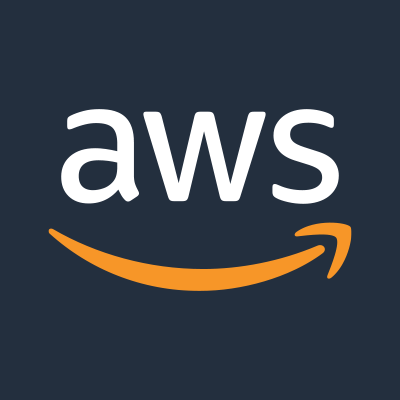
Amazon Simple Notification Service

AutomationManagement

AzureAnalysisServices

Compute Admin Client
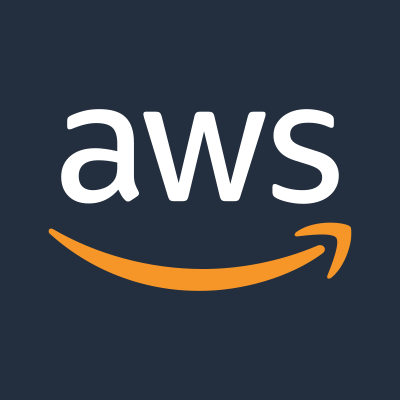
Amazon SageMaker Feature Store Runtime
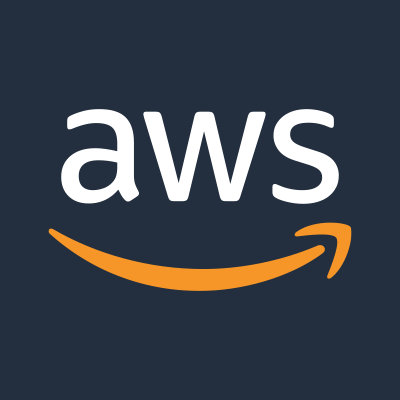
AWS Secrets Manager
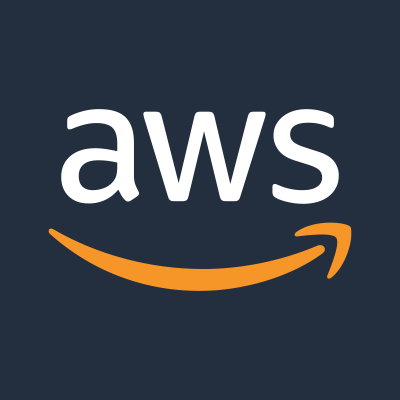
AWS Server Migration Service
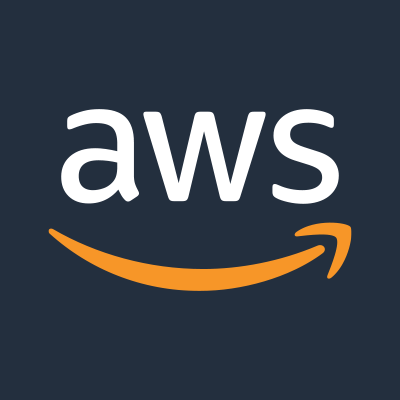
Amazon Personalize Runtime

